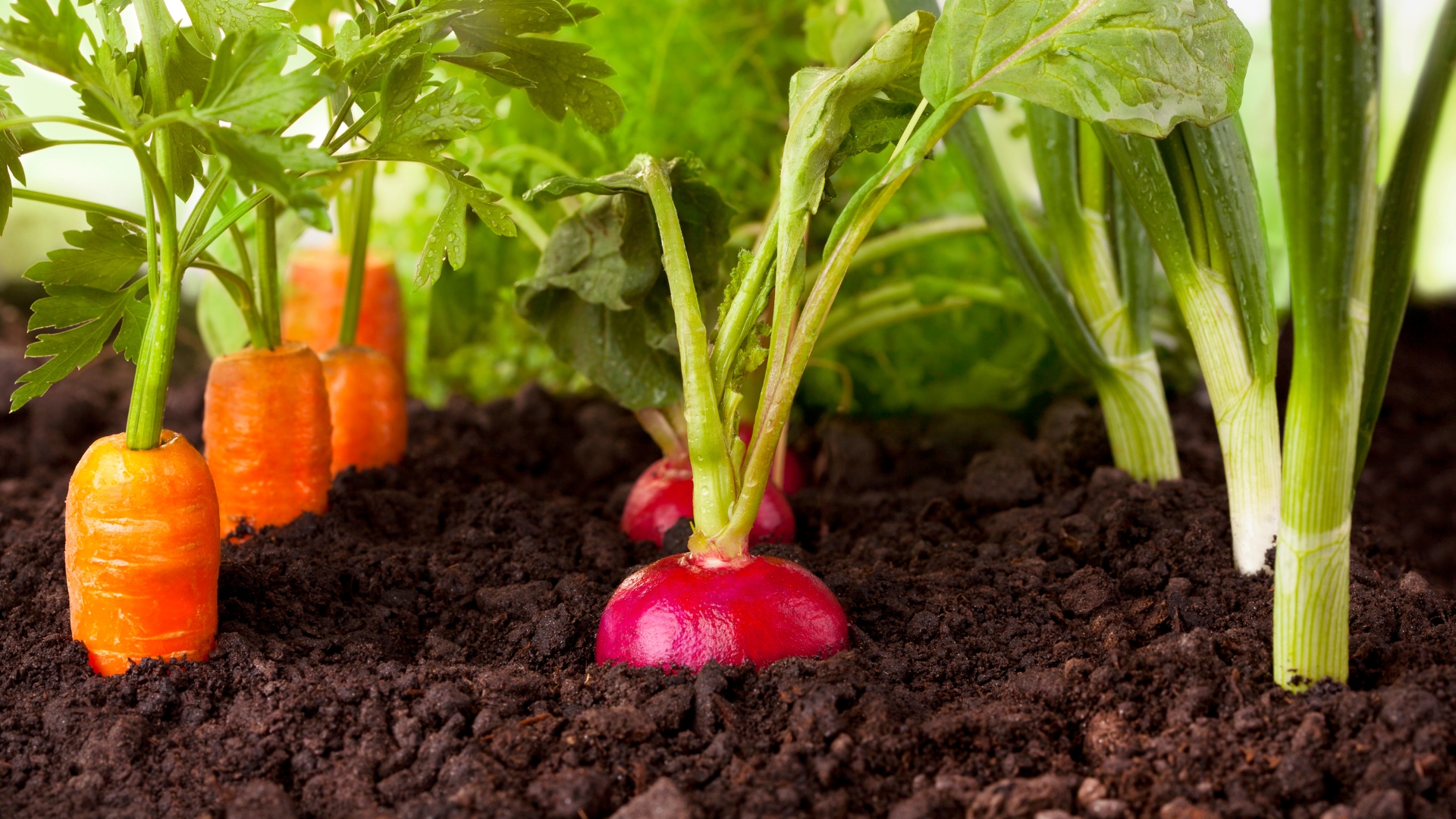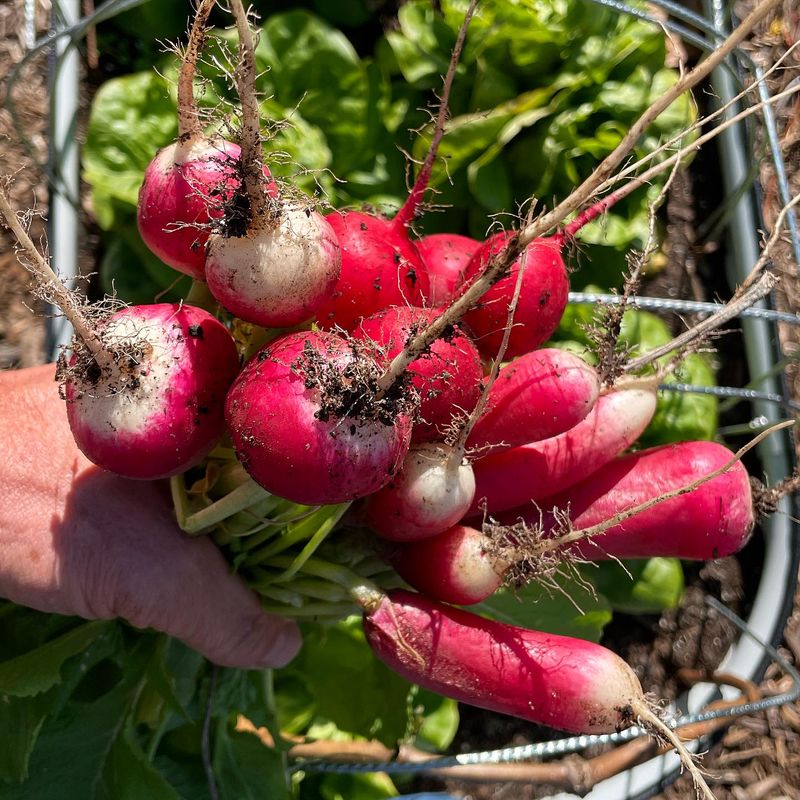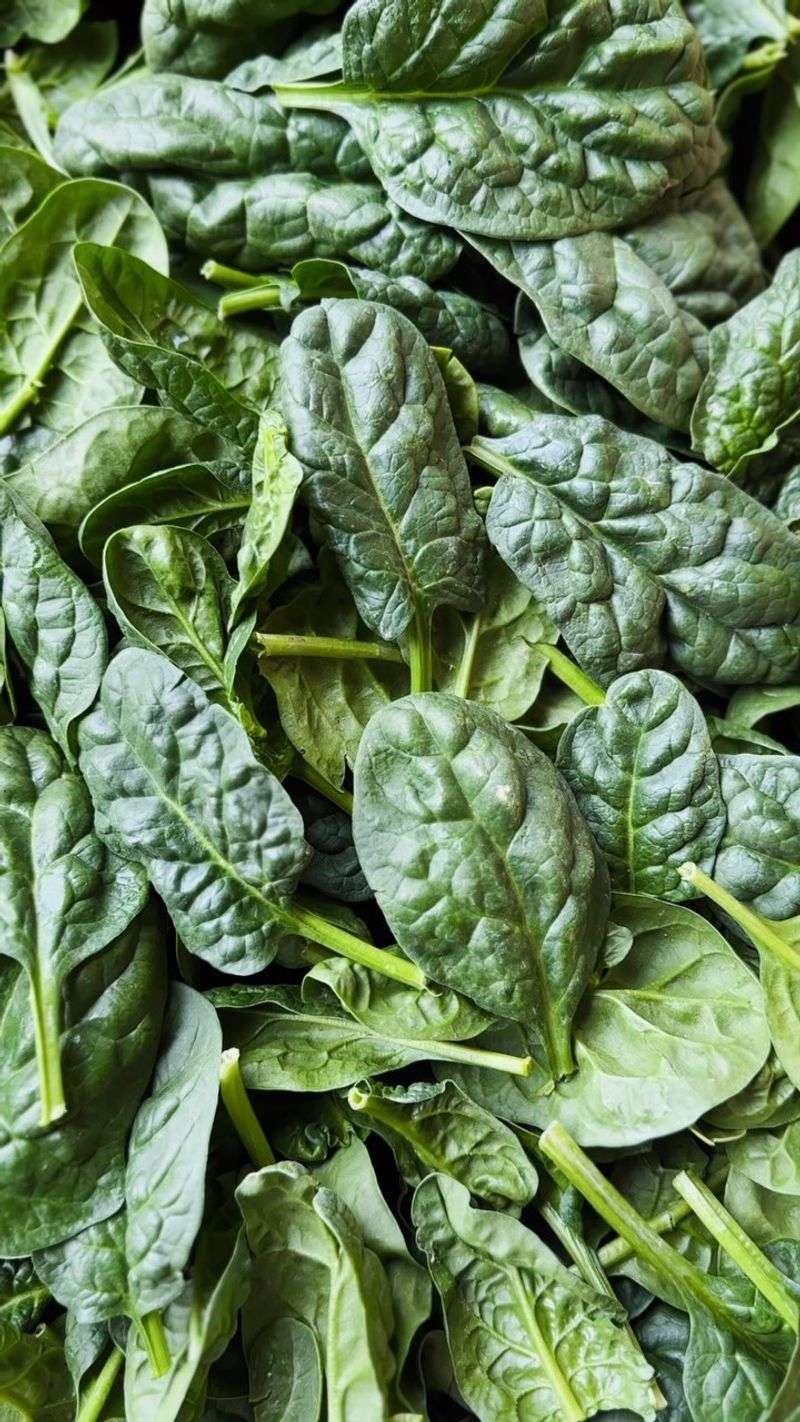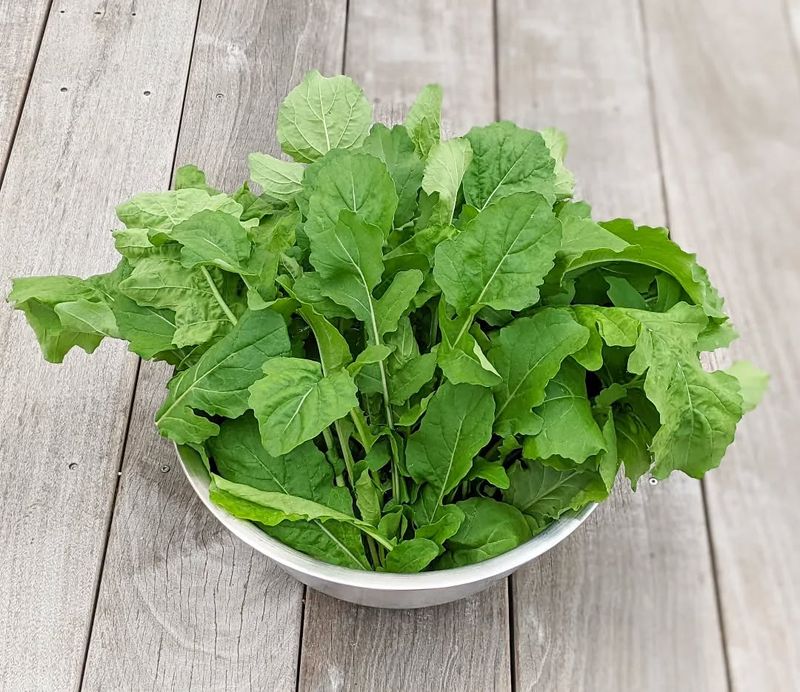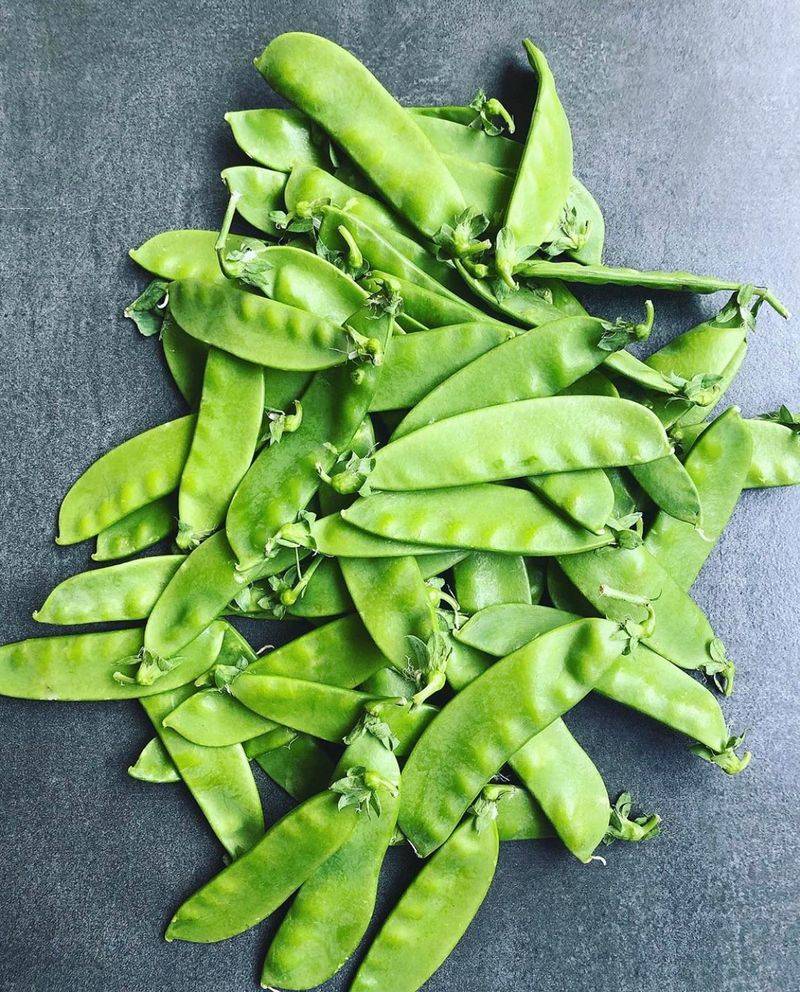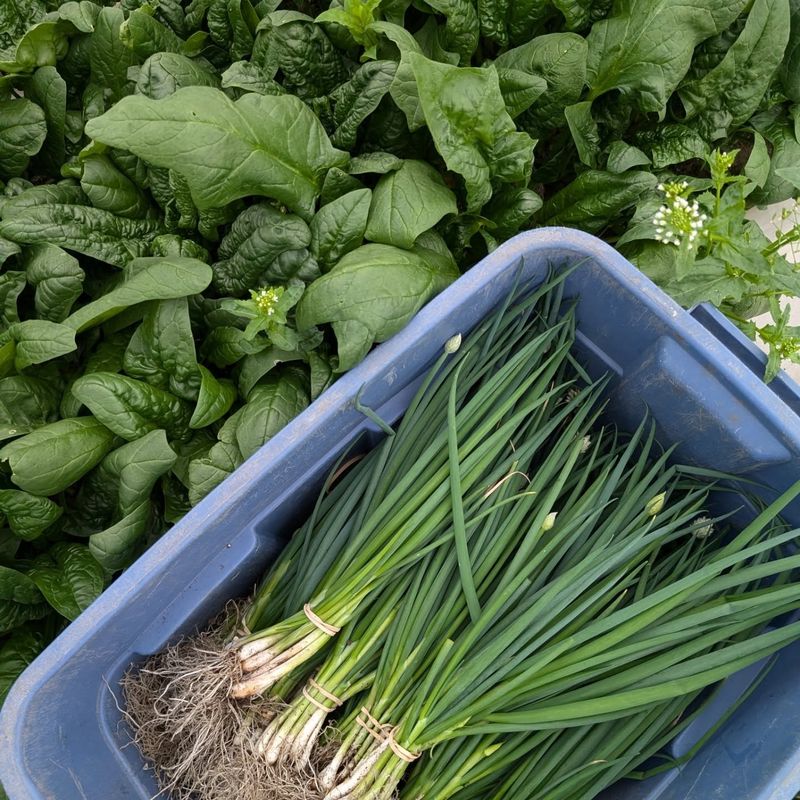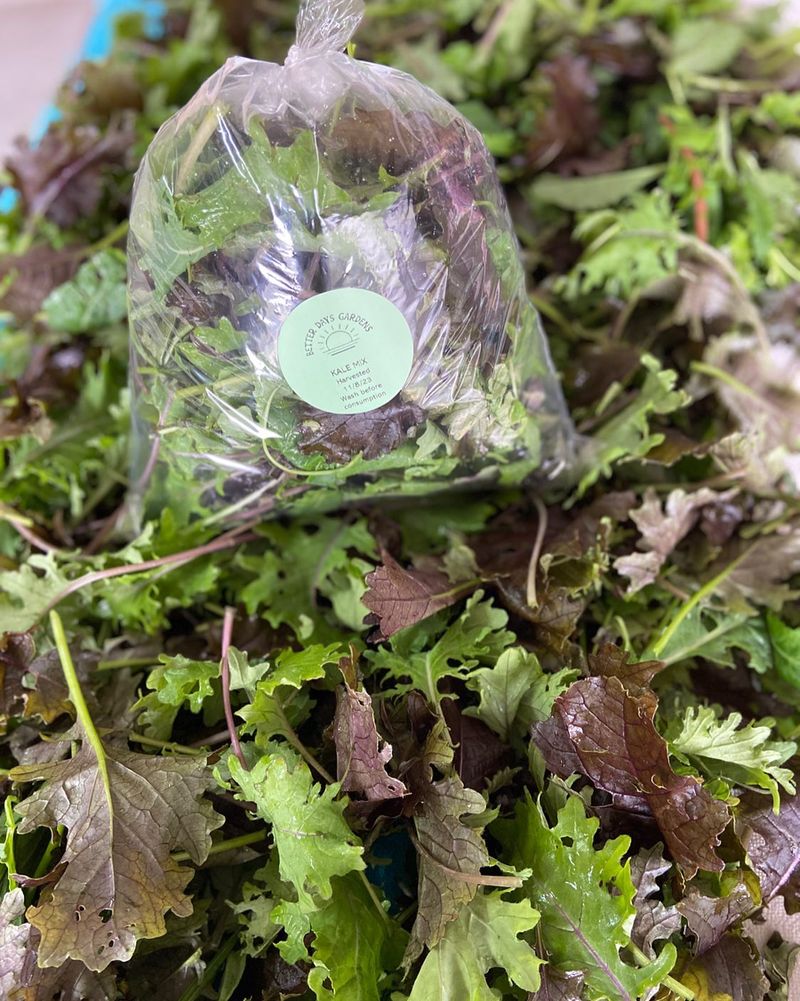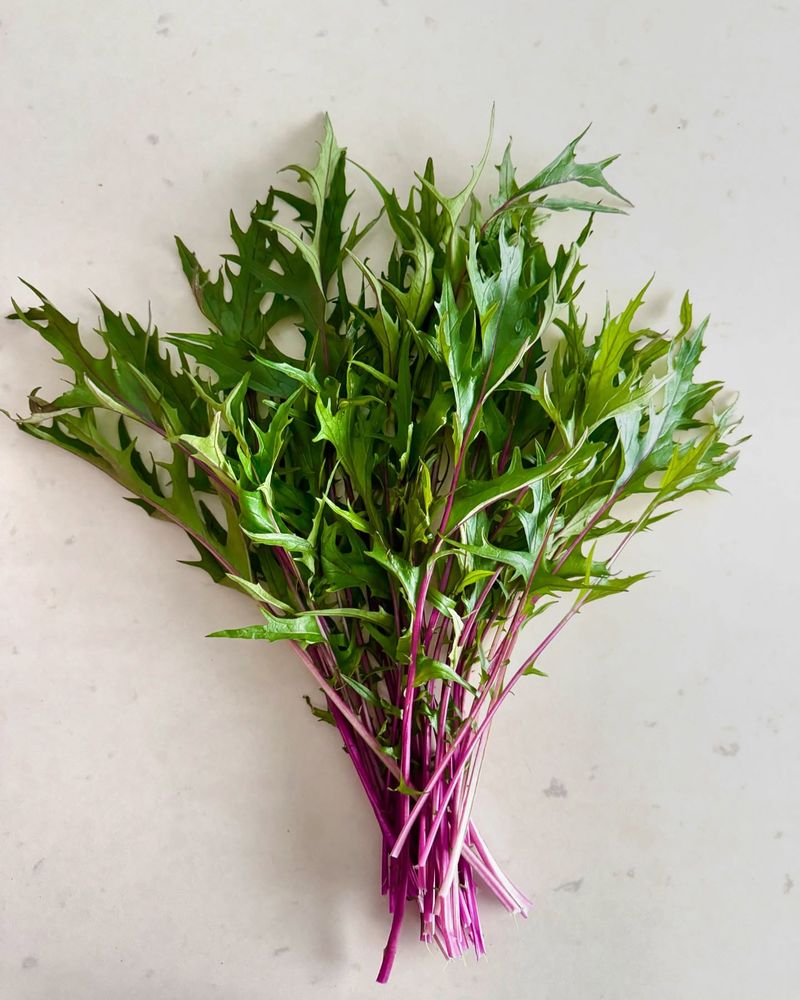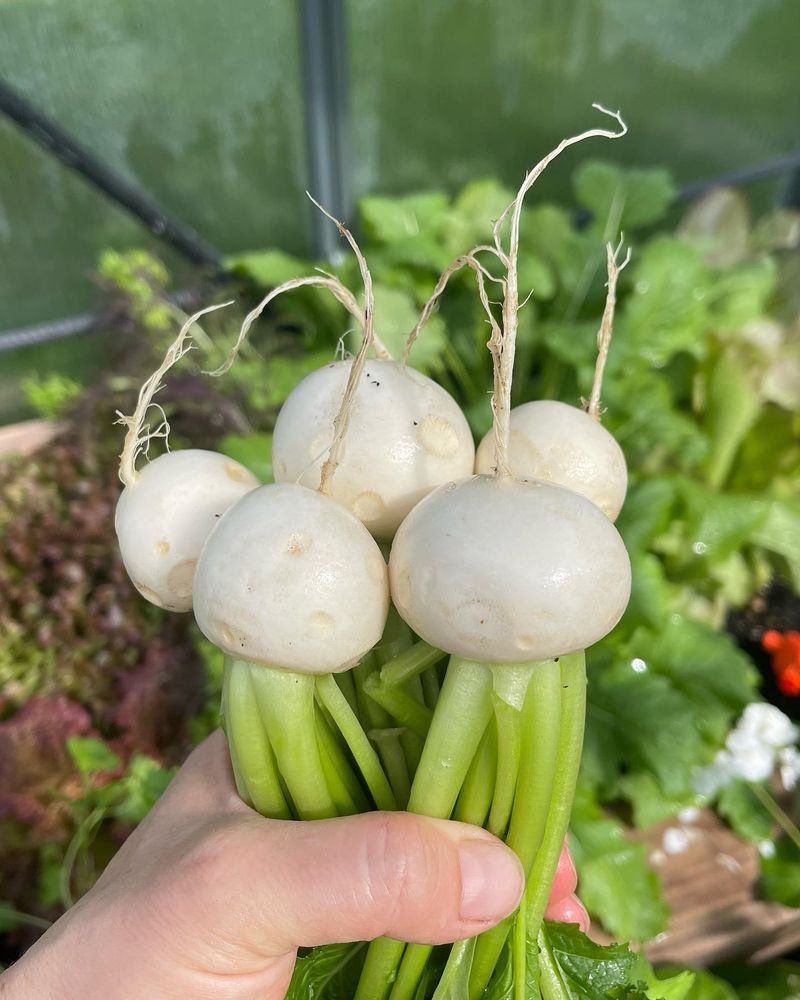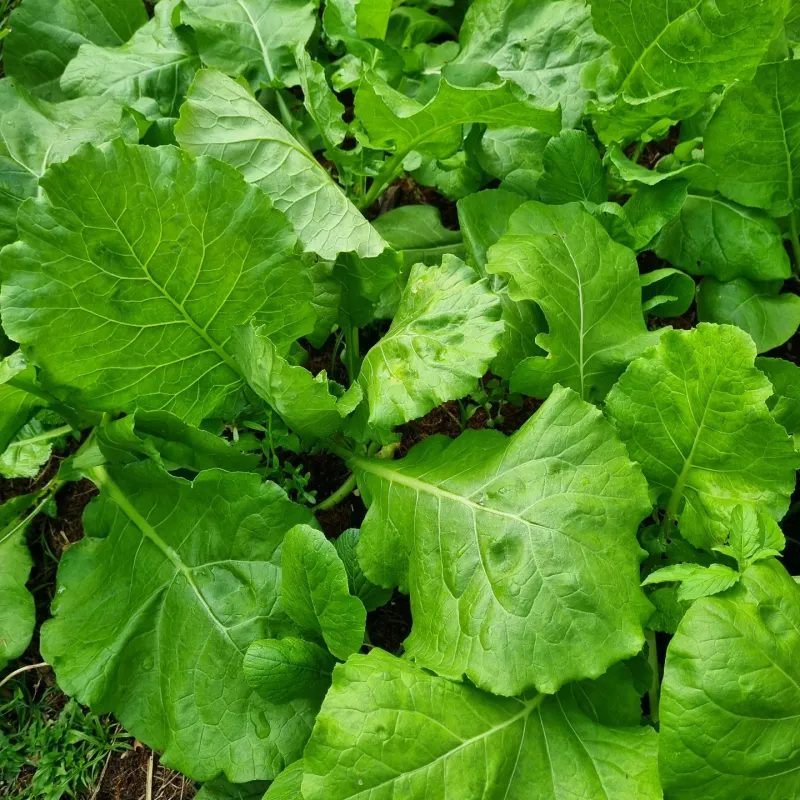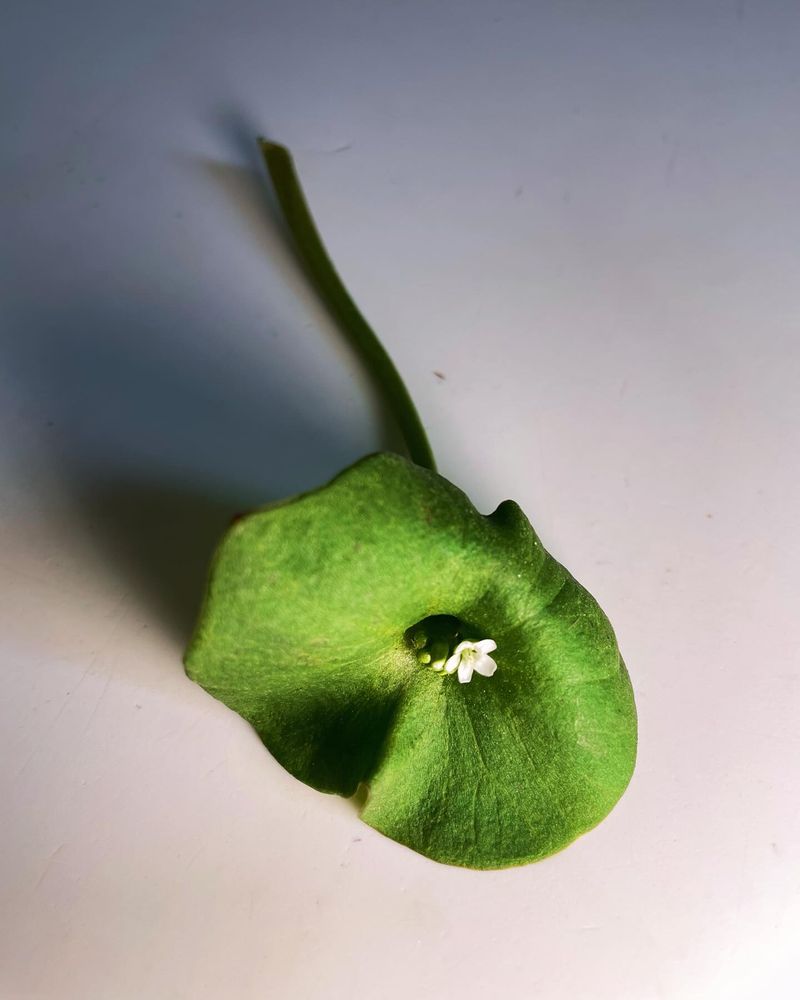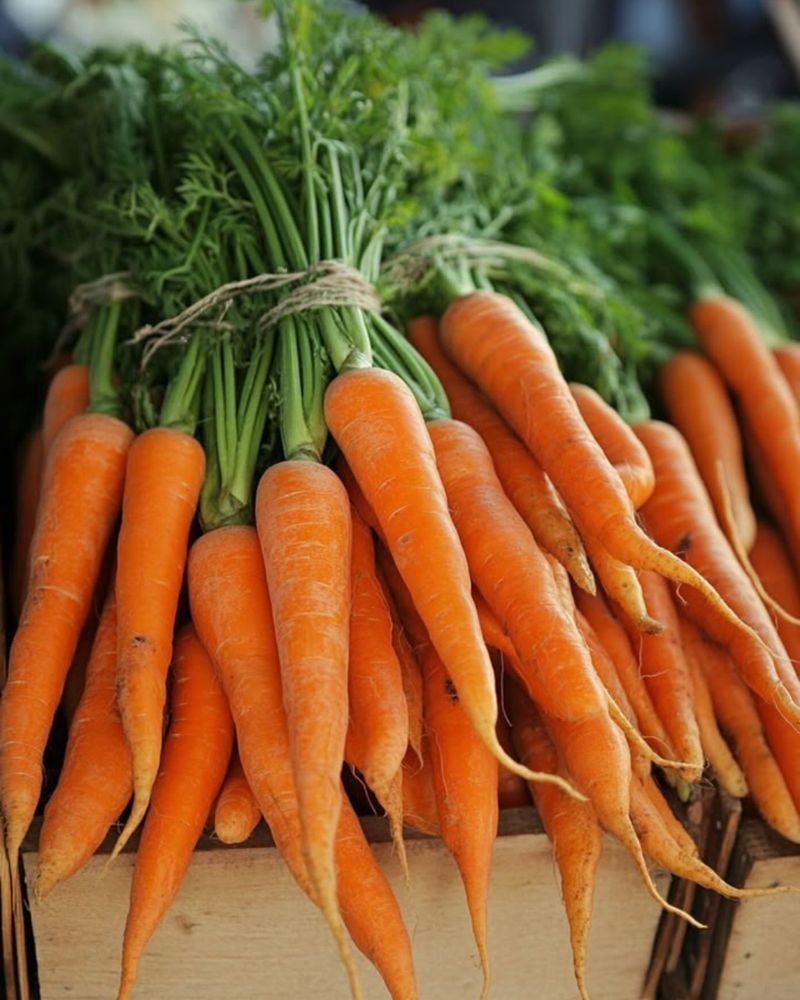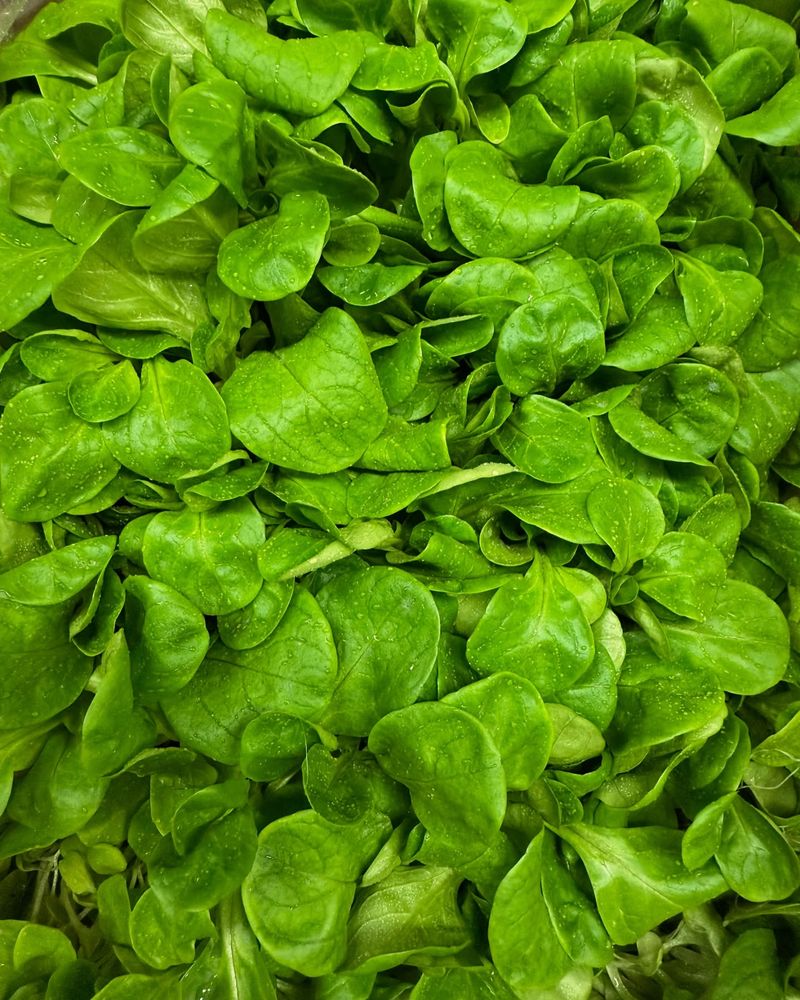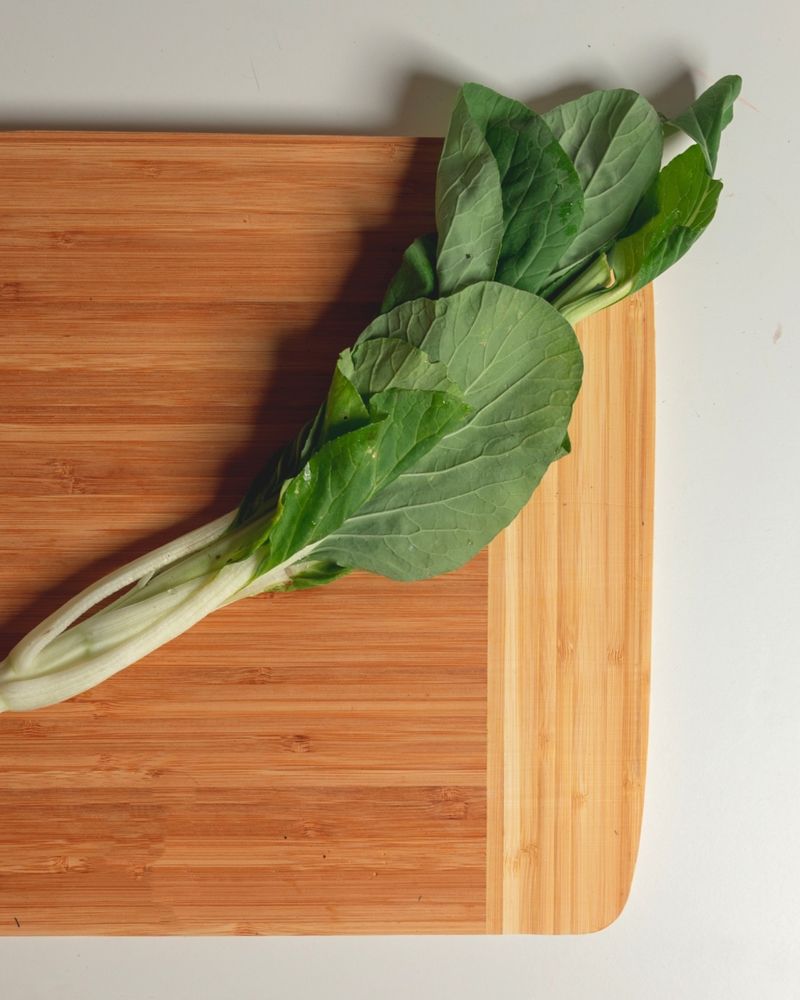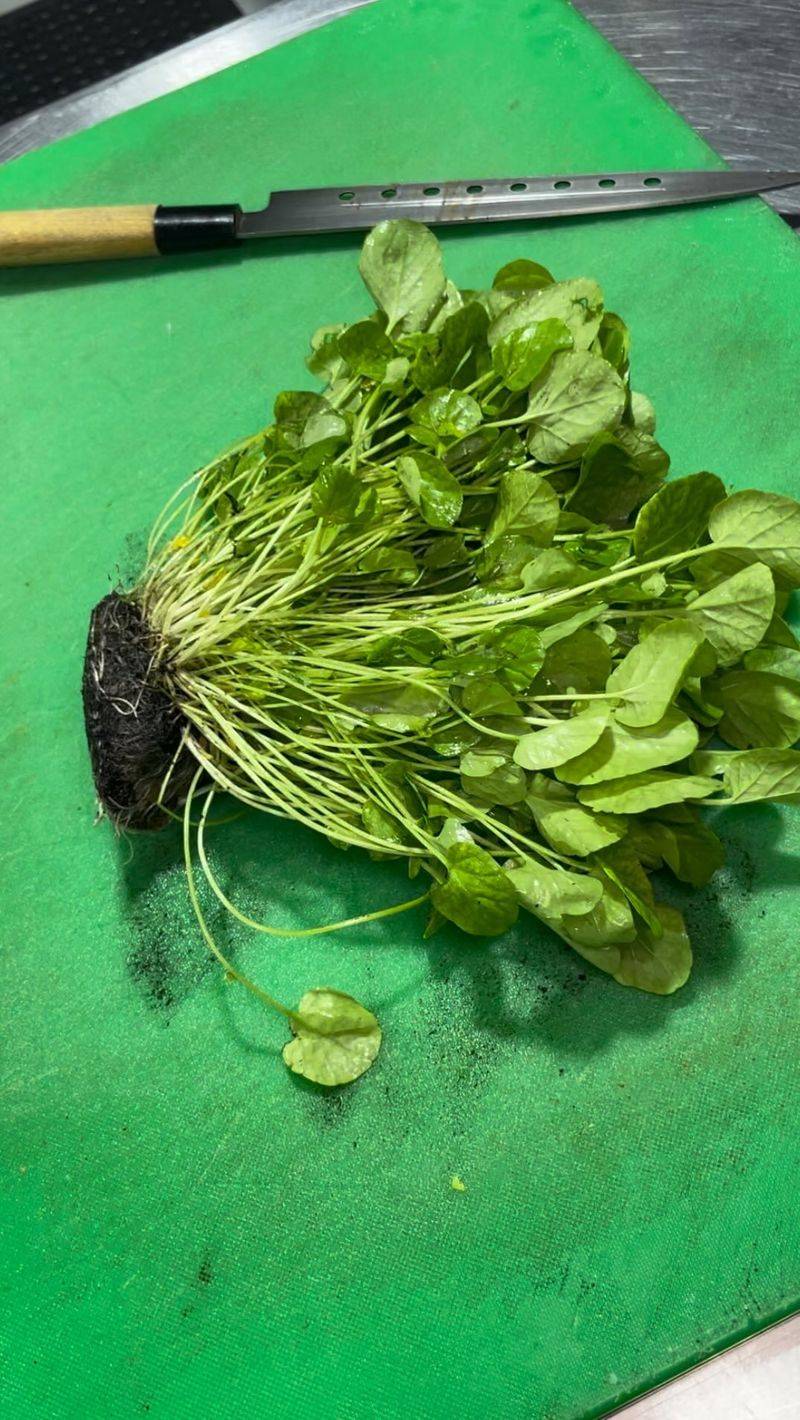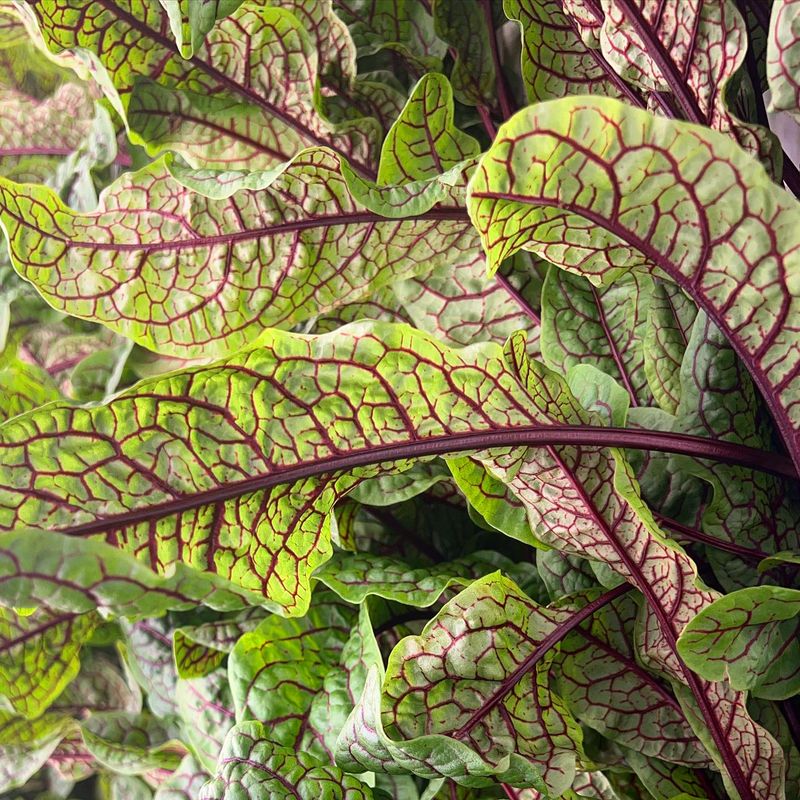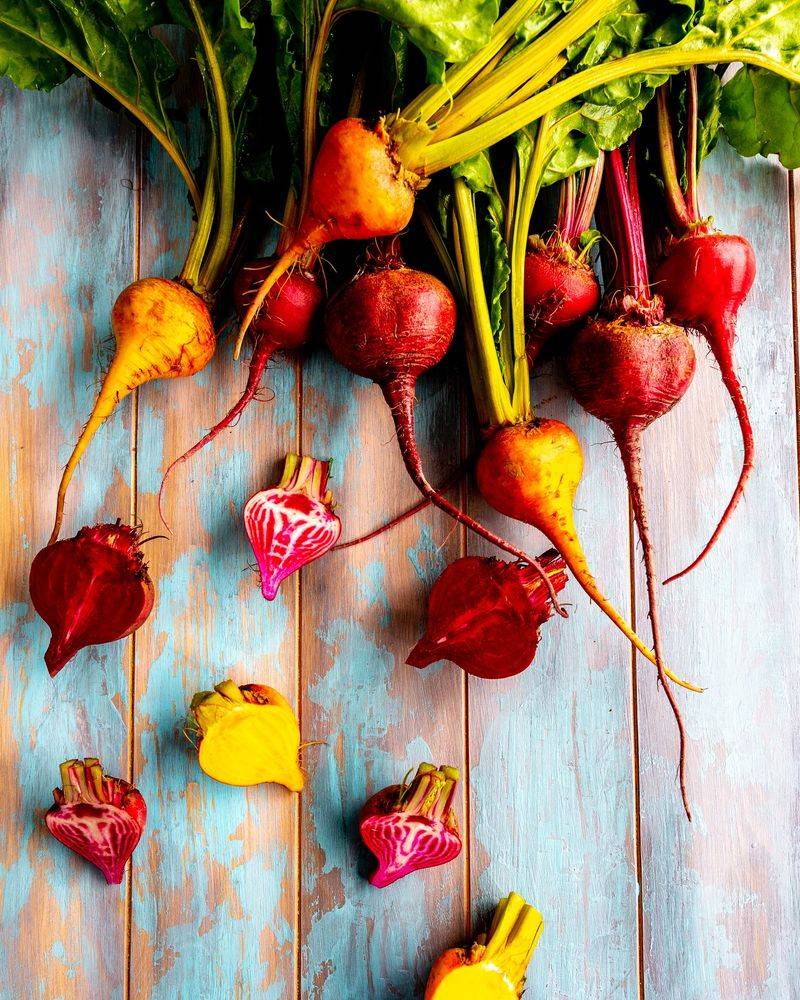Spring is the perfect time to start growing veggies, and these 16 picks will give you an early harvest—plus a few unexpected options you might not have considered!
I’ve tried some of these myself, and they’ve definitely surprised me with how quickly they’ve flourished. From classic favorites to lesser-known gems, these veggies are perfect for getting ahead of the season.
Ready to boost your garden and enjoy fresh, homegrown produce early? Let’s get planting!
1. Radishes
Ready to harvest in just 3-4 weeks, these crisp root vegetables practically sprint from seed to table. Their peppery bite adds character to salads and sandwiches when little else is growing.
Spring varieties like ‘Cherry Belle’ and ‘French Breakfast’ thrive in cool weather and can be succession-planted every week for continuous harvests. Even apartment dwellers can grow radishes in containers on sunny balconies.
2. Spinach
Cold-hardy and nutrient-dense, spinach deserves a prime spot in any early garden. Seeds can be sown as soon as soil can be worked, even before the last frost has passed.
Unlike its summer-grown counterpart, spring spinach develops sweeter leaves without the bitterness that heat induces. Varieties like ‘Bloomsdale’ and ‘Space’ produce abundant harvests before most gardeners have even purchased their tomato plants.
3. Arugula
Gardeners prize this peppery green for its quick growth and distinctive flavor. Often ready within 30 days of planting, arugula thrives when temperatures hover between 45-65°F, making it perfect for early spring.
The young leaves offer a milder taste compared to mature ones, giving you flexibility in harvest timing. Simply snip outer leaves as needed, allowing the plant center to continue producing for weeks of fresh, zippy salad greens.
4. Snow Peas
Flat, edible pods make snow peas a gardener’s delight when few other vegetables are ready. Their vertical growing habit maximizes garden space while producing sweet, crisp pods perfect for stir-fries and snacking.
Plant them as soon as soil can be worked – they can handle light frosts with ease. Varieties like ‘Oregon Sugar Pod’ and ‘Mammoth Melting Sugar’ reward early planters with abundant harvests before summer heat arrives to stress these cool-weather lovers.
5. Green Onions
Versatile and quick-growing, green onions give gardens an early payoff while other vegetables are just getting started. They’re ready to harvest just 3-4 weeks after planting, providing fresh flavor when the garden is otherwise sparse.
Try planting them in succession every two weeks for a continuous supply. For an endless harvest trick, cut what you need but leave an inch of white with roots intact – they’ll regrow several times before needing replacement.
6. Leaf Lettuce
Unlike heading varieties that need more time, loose-leaf lettuces provide harvests in just 30 days. Their shallow roots make them perfect for containers or garden edges where they won’t interfere with slower-growing vegetables.
Red varieties like ‘Red Sails’ not only taste great but add visual appeal to spring gardens. The harvest-as-you-go approach (taking outer leaves while leaving the center to grow) extends production until summer heat triggers bolting.
7. Baby Kale
Young kale leaves offer milder flavor and tenderer texture than their mature counterparts. Harvest begins just 25-30 days after planting when leaves reach 3-4 inches – no waiting for full-sized plants required.
Cold-hardy and nutrient-packed, spring-grown baby kale develops sweeter notes than summer harvests. Varieties like ‘Red Russian’ and ‘Lacinato’ provide gorgeous early harvests that can be picked leaf by leaf or cut-and-come-again for multiple yields.
8. Bok Choy
This Asian green transforms from seed to harvest-ready in just 45 days. Its crisp white stems and tender green leaves provide textural contrast in stir-fries when gardens offer limited variety.
Baby varieties like ‘Toy Choy’ mature even faster, sometimes ready in 30 days. Spring plantings typically produce the highest quality harvest, as cool temperatures prevent the bitter bolting that summer heat encourages in these cold-loving vegetables.
9. Mizuna
Feathery leaves with a mild peppery kick make mizuna a standout in early spring gardens. This Japanese mustard green tolerates cold remarkably well and can be harvested just 21 days after planting as baby greens.
Its cut-and-come-again nature means you’ll enjoy multiple harvests from a single planting. The deeply serrated leaves not only taste great in salads and stir-fries but add architectural interest to spring gardens when few other vegetables offer visual appeal.
10. Spring Turnips
Small, tender spring turnips bear little resemblance to their larger fall cousins. Varieties like ‘Hakurei’ and ‘Tokyo Cross’ produce sweet, apple-like roots in just 35-40 days – no long growing season required.
The bonus? Their vitamin-rich greens are equally delicious and ready even sooner. These two-for-one vegetables thrive in cool spring conditions and can be succession planted for harvests that bridge the gap between earliest spring and main-season crops.
11. Mustard Greens
Spicy and bold, mustard greens bring flavor intensity to early spring gardens. Their rapid growth means baby leaves are ready in just 21 days, with full-sized leaves following shortly after.
Red varieties like ‘Ruby Streaks’ add visual punch while milder green types offer versatility in the kitchen. These cold-tolerant greens actually develop better flavor with light frost exposure, making them ideal candidates for the earliest spring garden slots.
12. Claytonia
Also known as miner’s lettuce, this native plant produces tender, succulent leaves with a mild, sweet flavor. Incredibly cold-hardy, claytonia often volunteers in gardens, appearing when snow has barely melted.
The distinctive round leaves with tiny white flowers growing through their centers make identification easy. This lesser-known green thrives in partial shade, making it perfect for early spring when tree canopies haven’t yet leafed out fully.
13. Baby Carrots
True baby carrots (not the whittled-down supermarket kind) offer sweet flavor and tender texture when harvested young. Early varieties like ‘Amsterdam Forcing’ and ‘Paris Market’ can be enjoyed just 50-60 days after planting.
Their shallow root development makes them perfect for spring soils that may still be cold deeper down. For the earliest harvest, choose round or stubby varieties that mature quicker than their longer counterparts.
14. Mache
Sometimes called corn salad or lamb’s lettuce, mache forms rosettes of spoon-shaped leaves with exceptional cold tolerance. This European salad green actually grows best during winter and early spring when temperatures would kill lettuce.
Its nutty, mild flavor makes it a gourmet addition to early salads. Mache often self-seeds in gardens, popping up on its own when conditions are right, giving attentive gardeners free crops year after year.
15. Asian Greens
Beyond bok choy lies a world of quick-growing Asian greens perfect for spring harvests. Varieties like tatsoi, komatsuna, and yu choy offer diverse flavors and textures while sharing remarkable cold tolerance.
Many mature in just 30-45 days, providing stir-fry essentials when little else is ready. Their compact growth habits make them ideal for small spaces, and their bolt-resistance in cool weather ensures longer harvest windows than summer-grown counterparts.
16. Broccoli Raab
Not true broccoli but a turnip relative, broccoli raab delivers spicy leaves and tender flowering shoots in just 45 days. Its bitter-sweet flavor becomes milder in cool spring conditions, making early plantings tastier than later ones.
The entire plant – leaves, stems, and florets – is edible, maximizing harvest from minimal space. Quick to mature and cold-tolerant, it bridges the gap between earliest spring greens and main-season vegetables.
17. Cress
Garden cress delivers peppery punch to spring salads in record time – just 14-21 days from seed to harvest. This ultra-quick crop can be grown indoors in shallow containers while waiting for garden soil to warm.
Its spicy flavor intensifies as plants mature, giving gardeners control over heat level based on harvest timing. For continuous supply, sow small batches weekly and harvest by cutting entire plants when they reach 2-3 inches tall.
18. Pea Shoots
Why wait for pea pods when the tender shoots offer similar flavor in just two weeks? These delicate tendrils and leaves bring sweet pea flavor to spring meals long before regular peas mature.
Simply sow pea seeds densely and harvest when plants reach 4-6 inches tall. For kitchen efficiency, the entire top portion can be cut at once, leaving just the bottom inch to potentially resprout for a second, smaller harvest.
19. Sorrel
Perennial French sorrel emerges early in spring, often before the ground has fully thawed. Its lemony, tangy leaves add brightness to meals when most gardens offer little variety.
Once established, this hardy perennial returns year after year with minimal care. The young spring leaves provide the mildest, most tender harvest – perfect for soups, sauces, or adding citrusy notes to salads before actual citrus fruits are in season.
20. Baby Beets
Harvested young at golf ball size, spring beets offer sweeter flavor and tenderer texture than their mature counterparts. Quick-growing varieties like ‘Early Wonder’ can provide roots in 40-50 days, with nutritious greens ready even sooner.
Their vibrant colors – from classic red to golden yellow and candy-striped – bring visual appeal to spring gardens and plates alike. Cold tolerance makes them ideal for earliest plantings, with flavor actually improving after light frosts.

